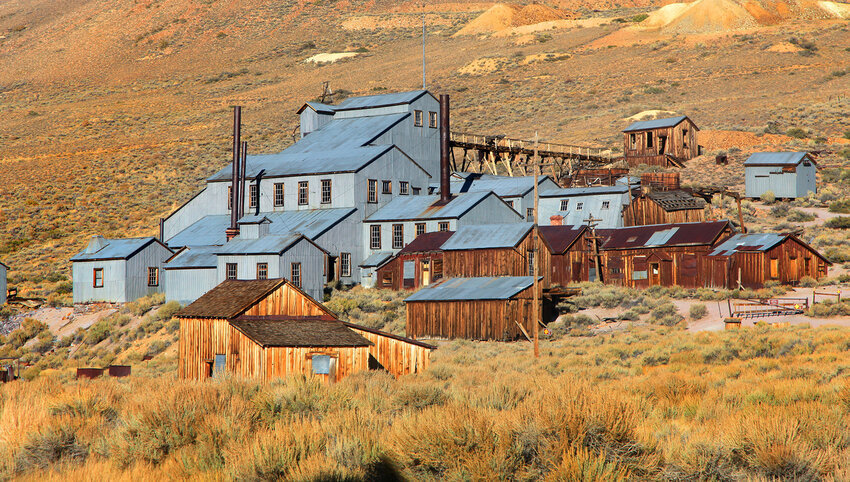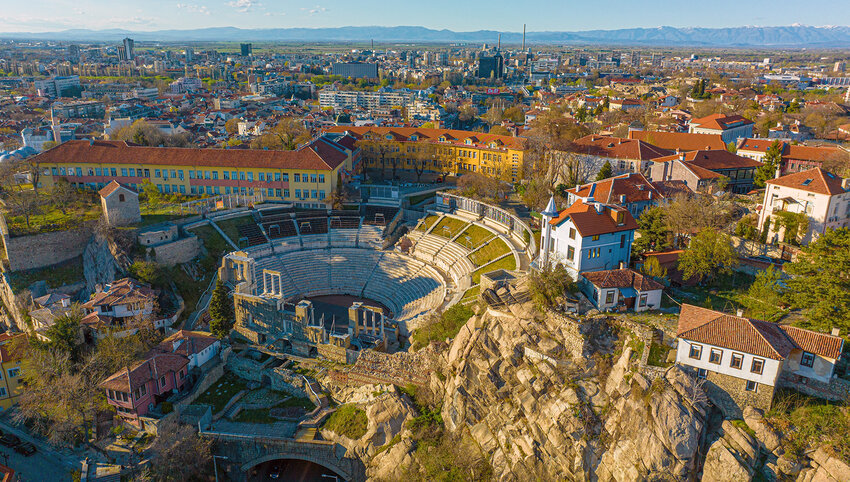Many travelers feel the lure of abandoned places — from ghost towns to deserted villages to medieval ruins. Such sites seem frozen in time, allowing an eerie glimpse into the past, with astonishing stories about their former inhabitants and their exodus. The following abandoned places may be empty, crumbling, and in disrepair — but they are open to visitors.
Fordlandia, Brazil
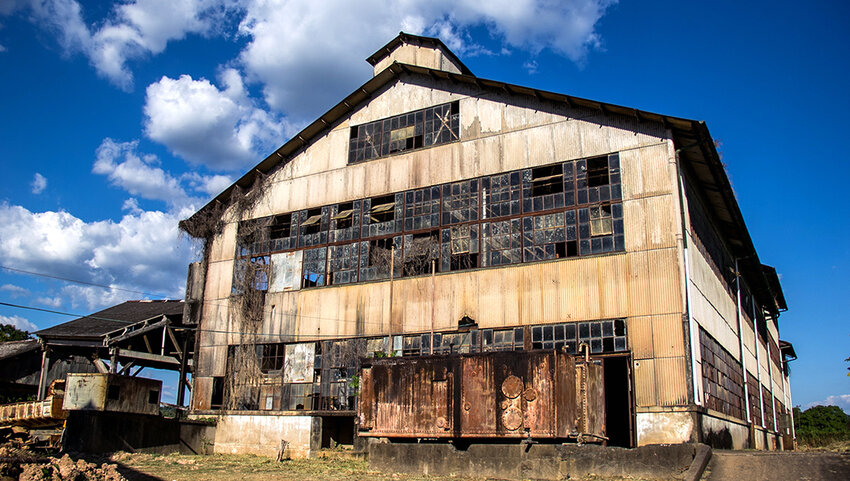
American industrialist Henry Ford brought his vast empire to the Amazon in the 1920s in the form of a rubber plantation known as Fordlandia. However, what Ford expected to be a major economic hub proved to be a disastrous failure, resulting in him selling the land back to Brazil after World War II. Initially, Ford purchased 5,625 square miles of land along the Tapajós River, and assembled a crew to build the plantation in 1928. While it was complete by 1930, a series of riots and production failures turned Fordlandia into one of Ford’s biggest failures. Today, many of the large buildings and steel water tanks remain, as well as decades-old vehicles created by the Ford Motor Company. Though many of the buildings and cars have been ravaged by both nature and time, they offer a fascinating glimpse into the economic history of the region.
Varosha, Cyprus
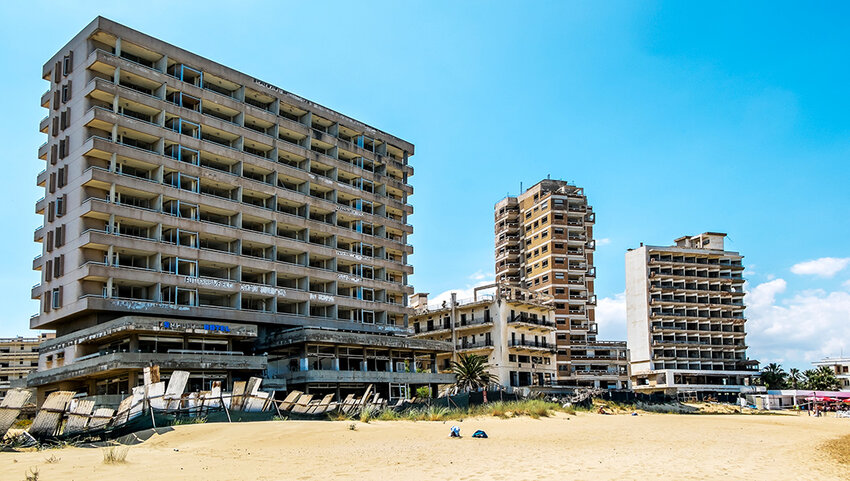
Varosha was a once thriving resort town that catered to 700,000 annual visitors, which included Hollywood A-Listers like Elizabeth Taylor and Richard Burton. Known for its glistening beaches and luxurious hotels, Varosha was abandoned in the 1970s, leaving the land completely uninhabited. In 1974, the Turkish military acquired Varosha and fenced off the area, forbidding access to this Mediterranean paradise. In recent years, several beaches have since reopened, welcoming visitors for the first time in decades. Today, Varosha is one of the more unusual beachside paradises in the world, with sparkling Mediterranean waters on one side and crumbling, abandoned infrastructure on the other.
Klein Curaçao

Located on a tiny Caribbean island, Klein Curaçao is an abandoned outpost whose name translates to “Little Curaçao.” Covering just a half square mile in size, all that remains on this eerie island is a deserted lighthouse, surrounded by ruins of stone buildings and shipwrecked vessels. As the sole remaining manmade structure, the lighthouse was built in 1850 and once boasted a striking coral pink color. Though its hues have since faded, its wooden staircases remain intact, allowing visitors to access the lighthouse’s upper levels. While the atmosphere on Klein Curaçao is undoubtedly ominous, the lack of human activity has transformed the island into an ecological haven. Its surrounding coral reefs are among the best preserved in the Caribbean, and it also serves as a nesting area for endangered sea turtles.
Kolmanskop, Namibia

After diamonds were discovered in the Namib desert in 1908, Kolmanskop was established, with many flocking to the booming mining town to cash in on the opportunity. After two decades, however, this once-thriving center of industry was ravaged and the mines were left depleted. When a larger mine was discovered to the south, the townspeople evacuated Kolmanskop en masse, leaving many of their belongings behind. Today, the region serves as a tourist attraction for 35,000 annual visitors, providing opportunities for photographers and explorers alike. Many of the formerly inhabited buildings are now submerged under layers of desert sand, which have been swept through open doorways and windows by the wind.
Isla de las Muñecas, Mexico
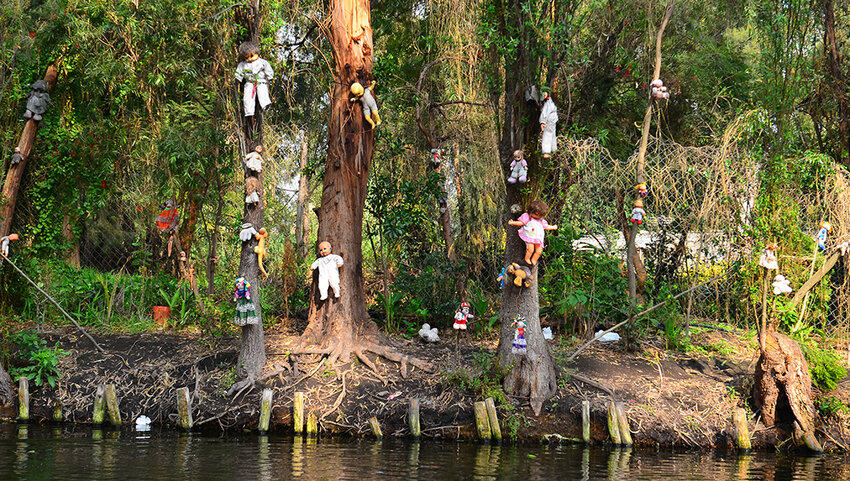
Few abandoned locations are as unusual as Isla de las Muñecas, which translates to “Island of the Dolls” in Spanish. This tiny and creepy islet is located south of Mexico City amid the canals of Xochimico, and can be accessed aboard colorful boats known as trajineras. Once you’ve arrived, you’ll notice hundreds of dollars hanging from the trees and affixed to buildings, which are said to pay homage to the spirit of a girl who wanders the island. The dolls were compiled by the island’s sole former resident, Don Julian Santana, who moved to Isla de las Muñecas over 50 years ago before his passing in 2001. Santana’s cabin remains on site, as do the many toy dolls he acquired.
Bodie, California
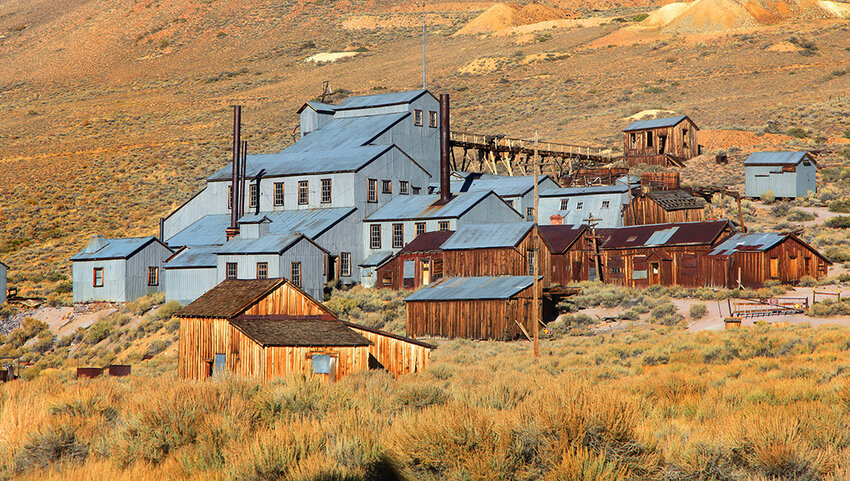
Bodie, California, rose to prominence amid the California Gold Rush of the 1800s, and once catered to a population of 10,000 people. However, the town was abandoned in the late 19th century, and later made into a state park in 1962. Bodie is said to be preserved in a state of “arrested decay,” with many of the remaining buildings containing untouched goods and furniture dating back to the 1880s. Bodie was once home to 2,000 structures, but a series of fires in 1892 and 1932 destroyed all but 5% of those buildings. Thankfully, several homes and saloons still remain, though their residents have long departed. Bodie is open year round though sits at an elevation of 8,375 feet, making it more perilous to access during colder, snowier months.
Houtouwan, China
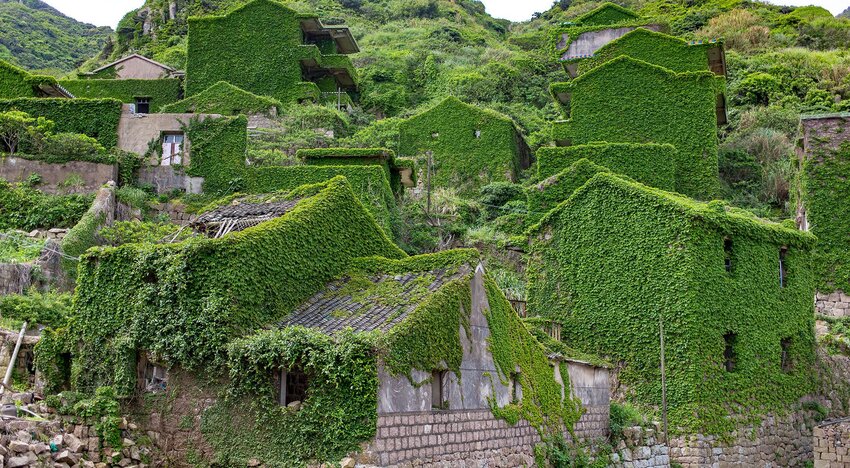
Located on Shengshan Island, Houtouwan was once a lively village, home to more than 3,000 fishermen and their families. But in the 1990s, multiple factors, including Shengshan’s remote location and the increasing demands of the fishing industry, prompted a mass exodus of island residents. In 2002, the village was declared depopulated and without any residents, Mother Nature began to take over. Today, the empty buildings are blanketed by climbing plants, transforming the abandoned village into something out of a fairy tale. After photos of the otherworldly village emerged in 2015, Houtouwan became a burgeoning hot spot for curious tourists and photographers.
Rummu Prison, Estonia
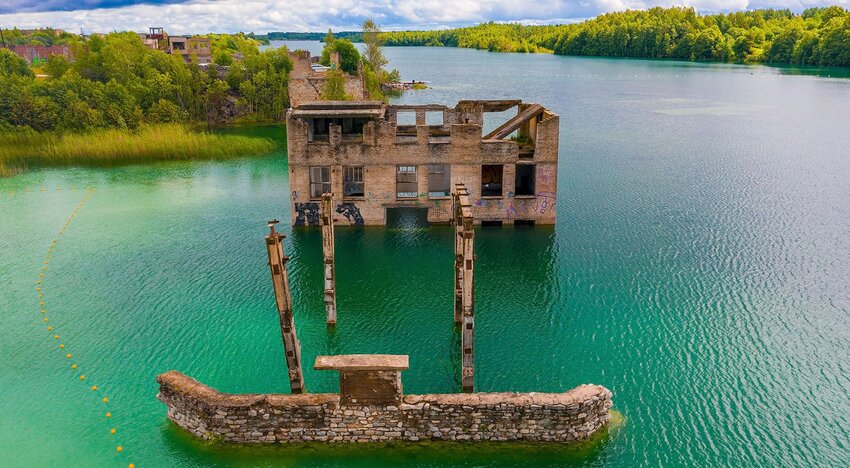
Not far from the Estonian capital of Tallinn lies Rummu Prison, an abandoned relic of the Soviet Union. The prison camp was built in the 1940s, and inmates were forced to work in the limestone quarry as part of their incarceration. When the Soviet Union collapsed and Estonia regained its independence in the early 1990s, the prison closed and the quarry filled up with groundwater, transforming it into a lake. Now, Rummu Prison is partially underwater, serving as an unusual reminder of days gone by. Today, the prison is a sought-after destination for paddlers, snorkelers, and scuba divers who want to get a firsthand look at the prison’s watery depths.
Kennecott Mines, Alaska
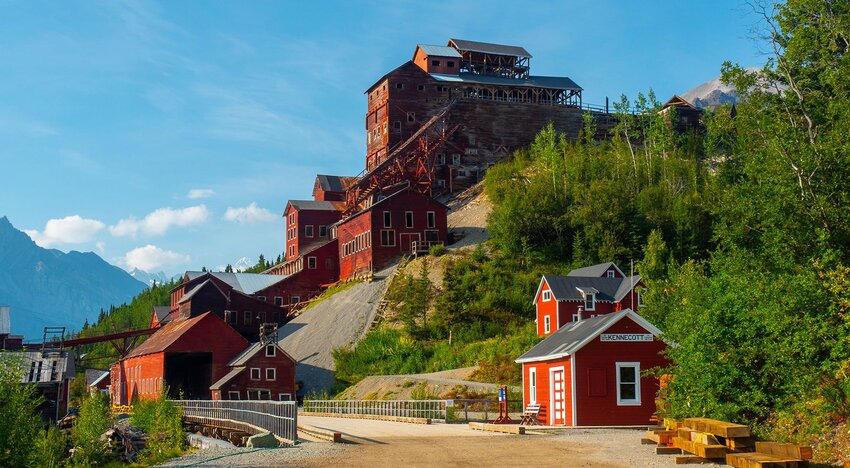
Within the confines of Wrangell - St. Elias National Park lies the abandoned mining town of Kennecott. When a rich copper deposit was discovered on the edge of Kennicott Glacier in 1900, an outpouring of investors and workers traveled to the remote Alaskan region to try and strike it rich. Within three years, the Kennecott Copper Company was operating five mines in the area, transforming the town into a bustling community with a recreation center, skating rink, and hospital. Decades later, the mines closed down and Kennecott became a ghost town. Today, visitors to the park can visit the National Historic Landmark for a chance to explore the turn-of-the-century mining town and to see the nearby Kennicott Glacier.
Lapalice Castle, Poland
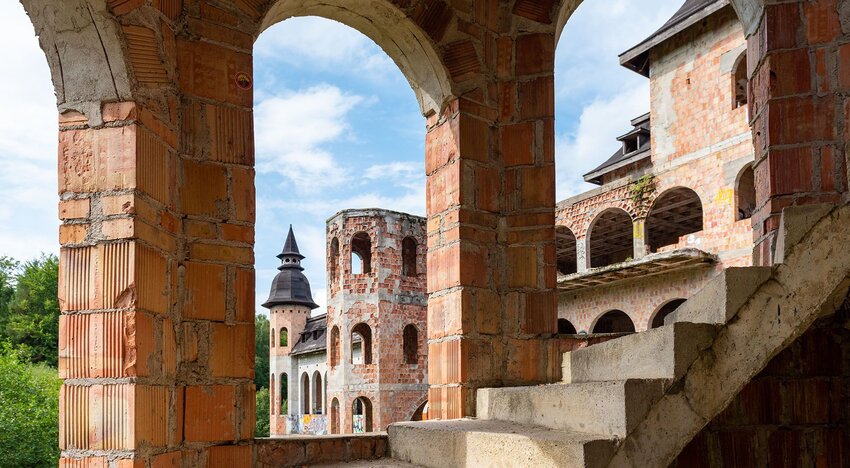
The word “castle” may conjure up an image of a medieval stronghold, but Lapalice Castle is nothing of the sort. Construction on the sprawling estate began in the early 1980s when artist Piotr Kazimierczak commissioned the massive building as his private art studio. Unfortunately, the castle, which features 52 rooms, 12 towers, ramparts, a swimming pool, and a grand ballroom, was never finished. Work on the castle was put on pause in 1991 when officials realized Kazimierczak didn’t have the correct permits. When his rampant overspending drained his bank account, the project ceased for good. Located in Northern Poland, the empty castle remains open to anyone who makes the journey to see it.
Craco, Italy
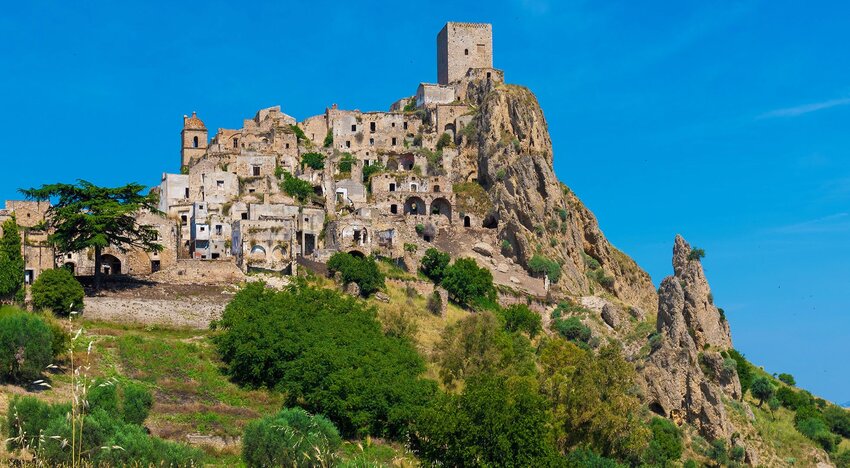
Situated atop a cliff in Southern Italy, the village of Craco dates back to medieval times. Founded in the eighth century, much of the architecture — like the Norman tower constructed in 1040 — is ancient. Despite surviving disease, war, and volcanic eruptions throughout the centuries, Craco’s infrastructure crumbled in the 1960s, and the hilltop village was abandoned. It may be falling apart, but much of the town, including a church, castle, and university, still remain. For adventurous visitors, you can book tours of the empty village’s safe areas.
North Brother Island, New York

Located between the Bronx and Rikers Island, Riverside Hospital on North Brother Island has a fascinating history. Constructed in 1885, Riverside Hospital originally treated patients who were suffering from typhus, tuberculosis, yellow fever, and smallpox. Most famously, it was the quarantine site of the notorious “Typhoid Mary,” the first known asymptomatic carrier of the disease. The hospital also served as a treatment facility for war veterans and heroin addicts, before it closed in 1963 and became a bird sanctuary. As a result, visiting North Brother Island and its historic sites requires a visitor permit from the parks department.
Main photo by RobertoRicco/Shutterstock.

